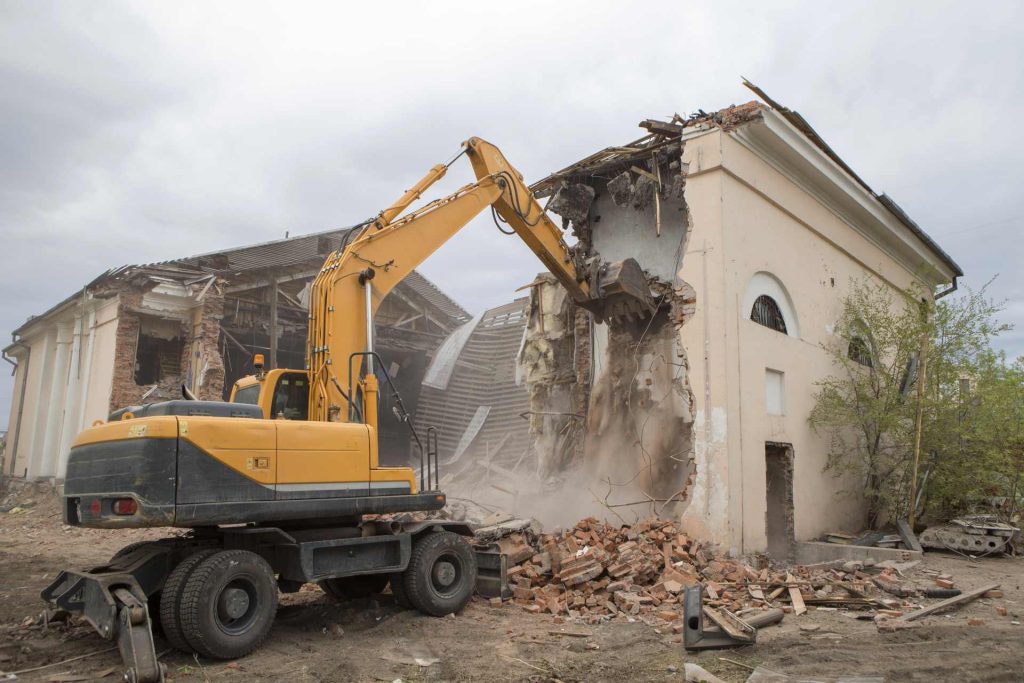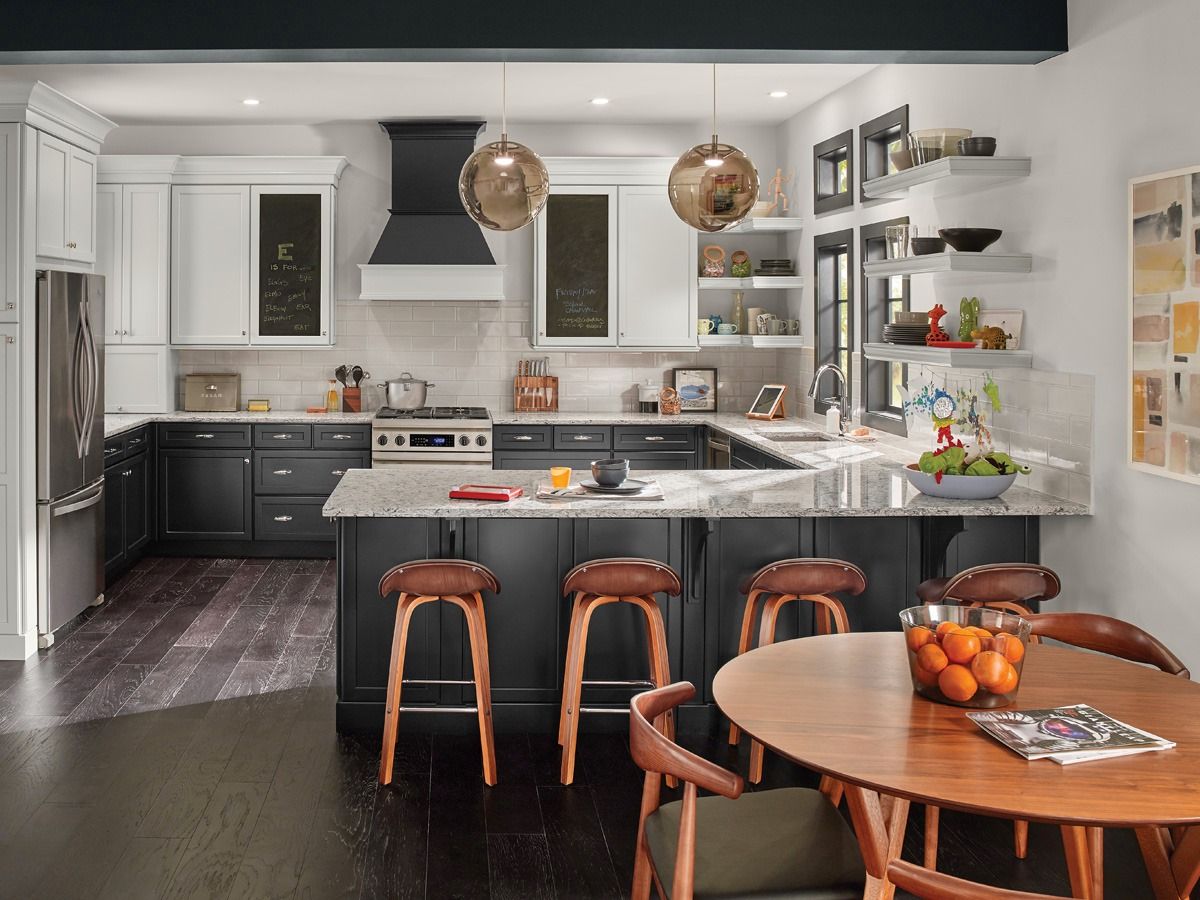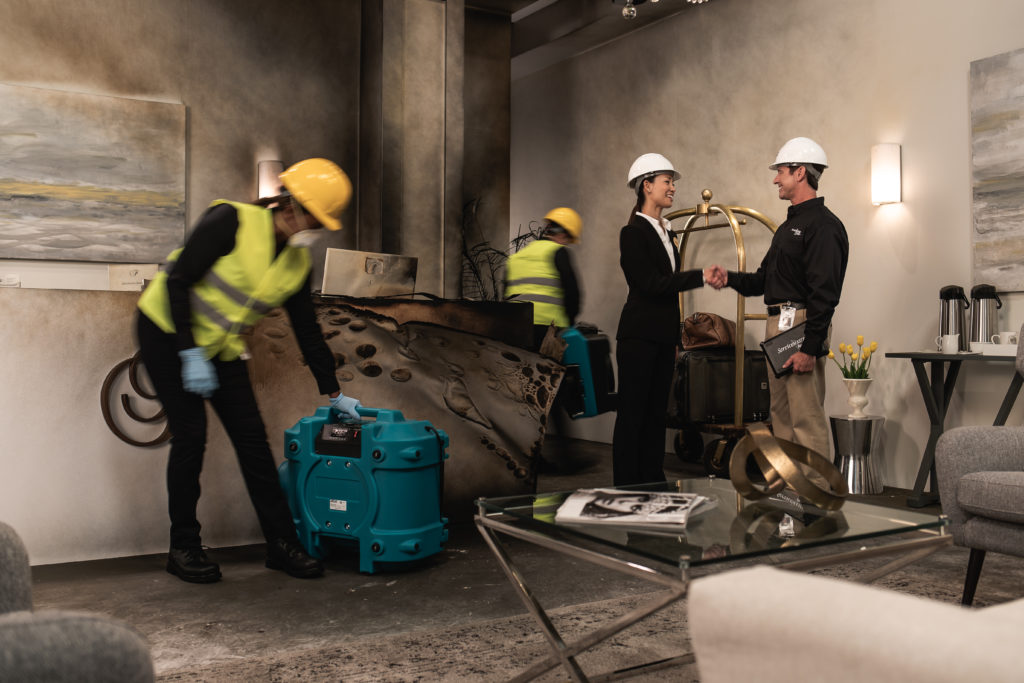Artistry in Architecture – Unveiling the Power of Interior Design
Artistry in architecture is a realm where functionality intertwines seamlessly with aesthetic expression, and nowhere is this harmonious fusion more evident than in the realm of interior design. Interior design wields the power to shape environments that evoke emotions, stimulate senses, and reflect the essence of those who inhabit them. It’s not just about selecting colors, arranging furniture, or hanging artwork; it’s a delicate dance of creativity and practicality that transforms empty spaces into captivating narratives. Every curve, every line, every texture serves a purpose beyond the surface, working in unison to craft an experience that transcends the tangible. Interior designers are akin to storytellers, their palette consisting of materials, light, form, and function, each stroke contributing to the unfolding narrative of a space. The beauty of interior design lies in its ability to encapsulate the spirit of a place and its inhabitants. A well-designed interior is a testament to the designer’s understanding of the nuances of human psychology and behavior.

The arrangement of furniture can encourage interaction or provide moments of solitude, influencing the dynamics of human relationships within the space. Textures, from the smoothness of polished wood to the roughness of exposed brick, offer tactile experiences that connect inhabitants with their surroundings on a deeper level. The choices of colors can provoke feelings ranging from serenity to passion, shaping the overall ambiance of a room. Furthermore, interior design serves as a bridge between the past, present, and future. Historical elements can be seamlessly integrated into modern settings, paying homage to traditions while embracing contemporary functionality. Similarly, forward-thinking design can push boundaries, envisioning spaces that adapt to the evolving needs of society. Flexibility becomes an art form, as rooms metamorphose to accommodate different purposes, a manifestation of the dynamic nature of life itself. In the pursuit of this artistry, interior designers become curators of their clients’ aspirations. Each project is a unique canvas onto which dreams, aspirations, and lifestyles are projected.
Whether it’s a cozy urban apartment, a bustling commercial space visit website, or a serene countryside retreat, the interior designer’s ingenuity must harmonize with the client’s desires. This collaborative journey involves not only envisioning the final product but also navigating the practical complexities of materials, spatial limitations, and budget constraints. In conclusion, interior design is a symphony of creativity, psychology, and functionality, resulting in spaces that transcend mere utility to become immersive works of art. The power of interior design lies in its capacity to engage the senses, evoke emotions, and reflect the essence of both the space and its occupants. It is a testament to the remarkable ability of human imagination to shape environments that inspire, soothe, and invigorate. In the hands of skilled designers, spaces cease to be mundane and instead become living, breathing reflections of the interplay between form and spirit.







